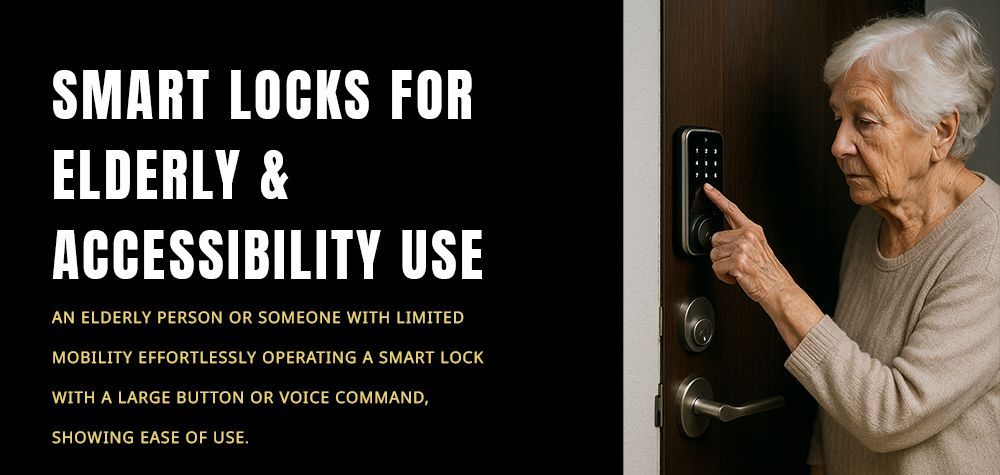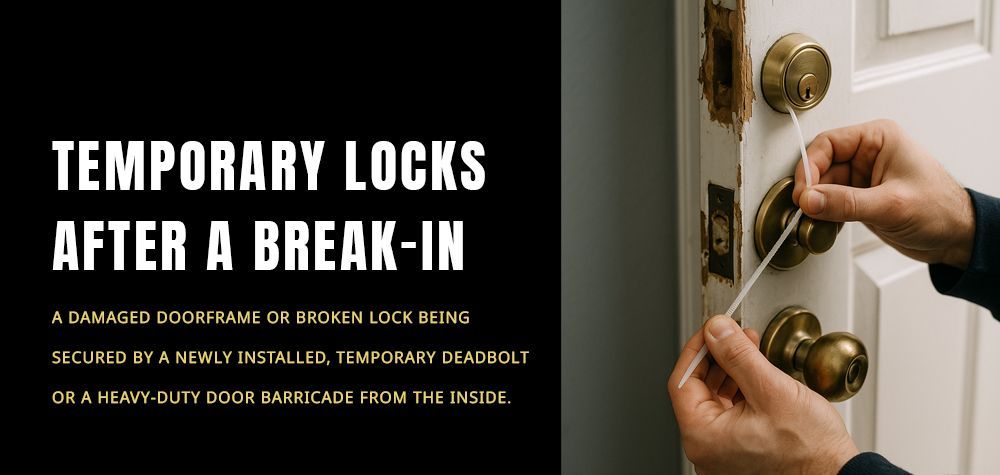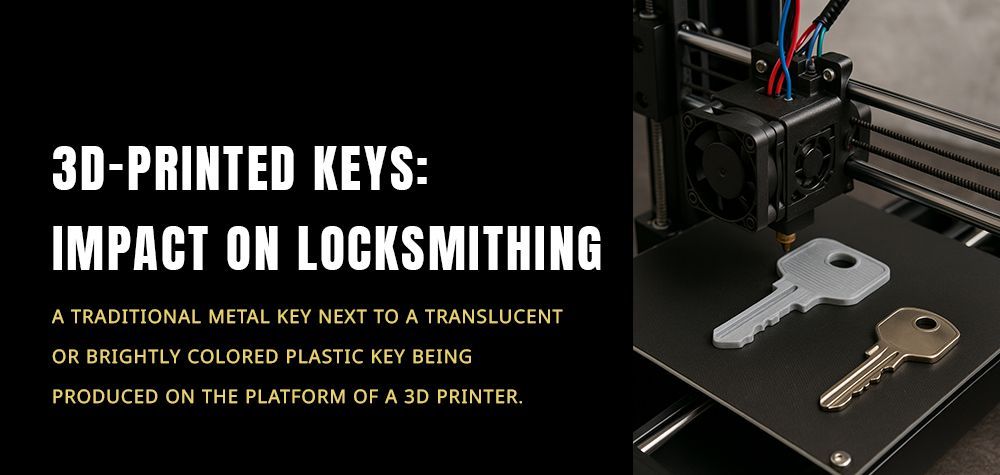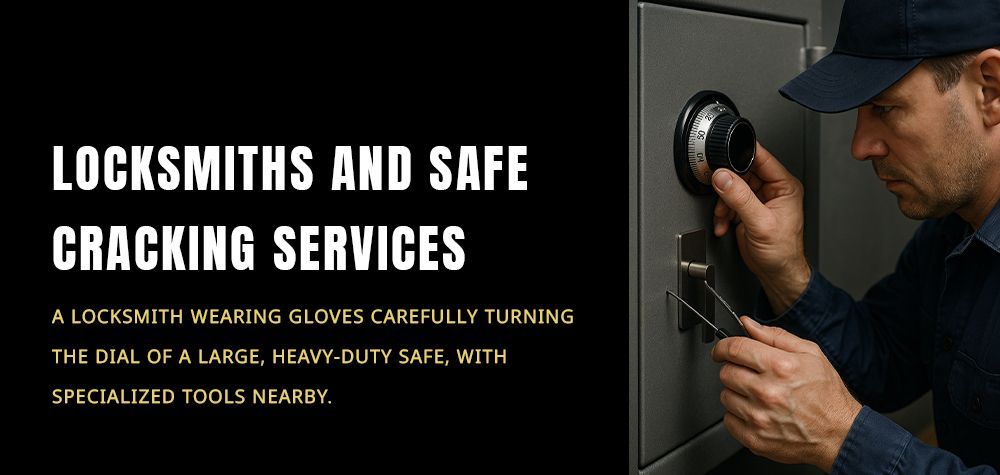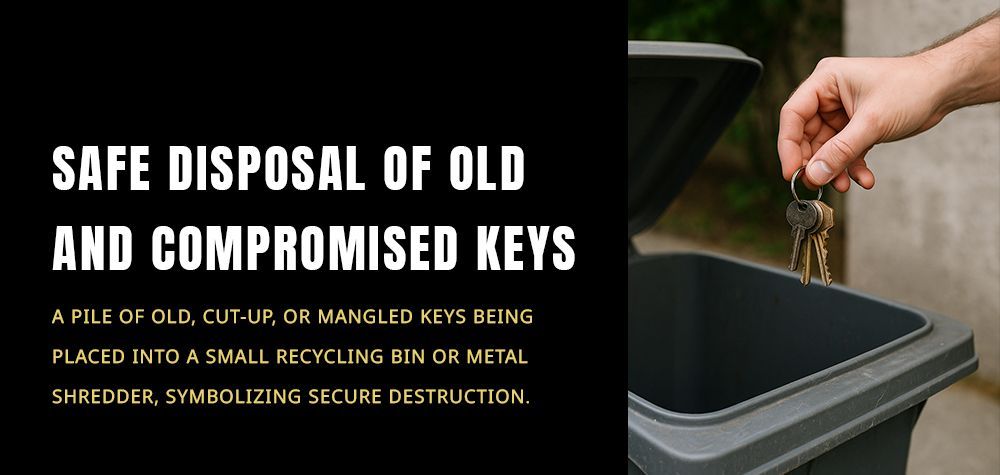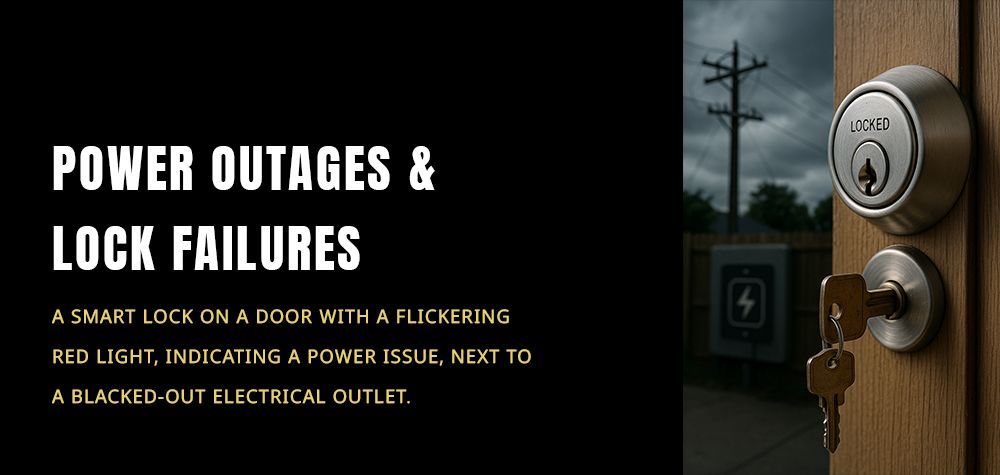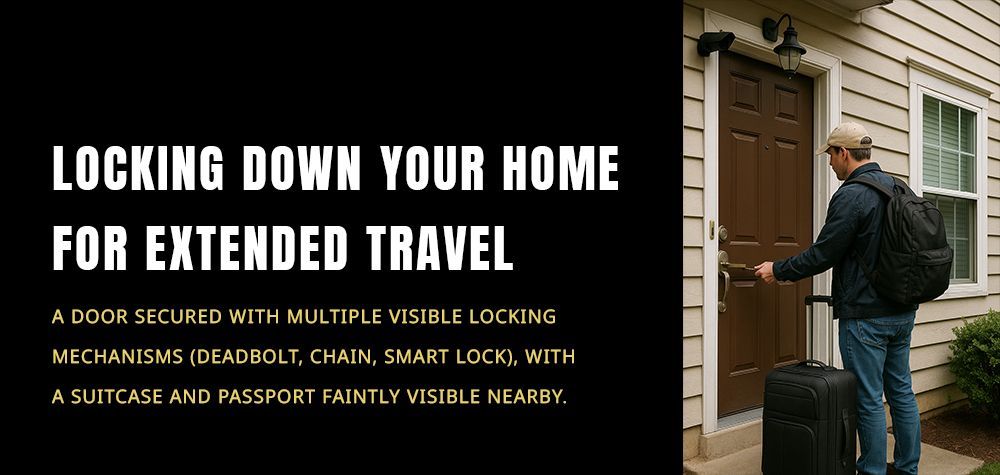Seasonal Lock Maintenance: How to Prep Locks for Winter
When the chill of winter sets in, most of us focus on staying warm and cozy indoors. But while you’re pulling out the blankets and turning up the heat, there’s another important task you shouldn’t ignore — preparing your locks for the cold season. Winter weather can be tough on locks, and without proper care, freezing temperatures, moisture, and rust can leave you locked out or struggling with jammed keys. The good news is, with a little seasonal maintenance, you can protect your locks, extend their lifespan, and keep your home secure all winter long.
5 Ways to Childproof Your Home Locks for Safety
Why Winter Affects Locks More Than You Think
Locks may seem sturdy, but they’re vulnerable to extreme temperature changes and moisture. In winter, condensation and melted snow can seep inside, freeze overnight, and cause the internal mechanisms to stick or break. Metal contracts in cold weather, making your keys harder to turn, while constant exposure to wet conditions can lead to rust and corrosion. If you live in an area where winter temperatures drop below freezing, your locks are at a much higher risk of damage and malfunction.
Start with a Thorough Lock Inspection
Before winter arrives, take a few minutes to inspect all the locks in your home or business. Check for signs of wear and tear, such as loose screws, wobbly handles, or rust forming around the keyhole. Test your keys to ensure they glide smoothly in and out of the lock. If you notice any sticking, grinding, or resistance, it’s best to address it now rather than risk a full lock failure in freezing conditions.
Clean Away Dirt and Debris
Over time, dust, grime, and even tiny metal shavings from your keys can accumulate inside your locks, causing them to jam — and winter moisture only makes this worse. Use a can of compressed air or a cotton swab to remove any visible dirt from the keyhole. For stubborn buildup, a locksmith-approved lock cleaner can safely break down residue without damaging the internal parts.
Lubricate Locks to Prevent Freezing
One of the most effective ways to prepare your locks for winter is proper lubrication. Standard oils can thicken or gum up in cold weather, so it’s best to use a graphite-based or silicone-based lubricant designed specifically for locks. Spray a small amount directly into the keyhole and insert your key a few times to evenly distribute the lubricant. This simple step creates a protective barrier against moisture, making it harder for ice to form inside the mechanism.
Protect Outdoor Locks from Snow and Ice
Outdoor locks — like those on gates, garages, sheds, or mailboxes — are especially vulnerable to winter damage. Whenever possible, cover them with protective caps or weather-resistant lock covers to keep snow and rain from entering the keyhole. If your outdoor locks are exposed to heavy snow or freezing rain, consider upgrading to locks designed for harsh weather conditions. These locks are made with corrosion-resistant materials and sealed mechanisms that hold up better during winter months.
How to Tell If a Lock Has Been Tampered With
Check Weatherstripping and Door Alignment
Sometimes, the issue isn’t the lock itself but the door. When doors swell or shift due to cold temperatures, the alignment can change, putting extra pressure on the lock and making it harder to operate. Inspect the weatherstripping around your doors to ensure a tight seal and verify that the door closes properly without forcing the lock into position. Adjustments now can prevent a lot of frustration later.
Have a Spare Key Ready
Winter has a way of making emergencies worse. If your lock freezes or jams, the last thing you want is to be stuck outside without a backup plan. Keep a spare key in a secure but accessible location or give one to a trusted neighbor or family member. Better yet, consider upgrading to a keyless entry system or smart lock to avoid dealing with frozen keys entirely.
Know When to Call a Locksmith
If you’ve done all the maintenance but still struggle with stiff, frozen, or malfunctioning locks, it’s time to call a professional. A locksmith can safely defrost locks, replace worn-out components, and even install weather-resistant upgrades to keep your home or business protected through the winter.
Final Thoughts
Winter can be harsh, but your locks don’t have to suffer. With a little seasonal maintenance — from cleaning and lubricating to protecting outdoor locks and checking door alignment — you can avoid inconvenient lockouts and costly repairs. Taking action now ensures your locks work smoothly, your property stays secure, and you have one less thing to worry about when the cold sets in.
Call Us Any Time!


